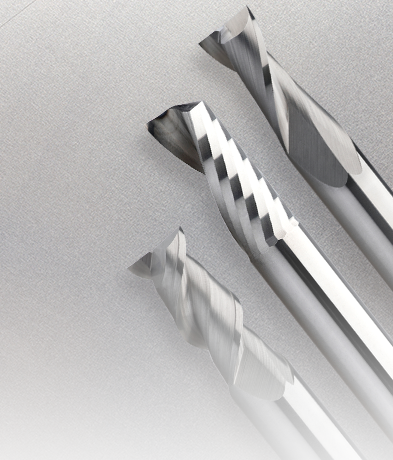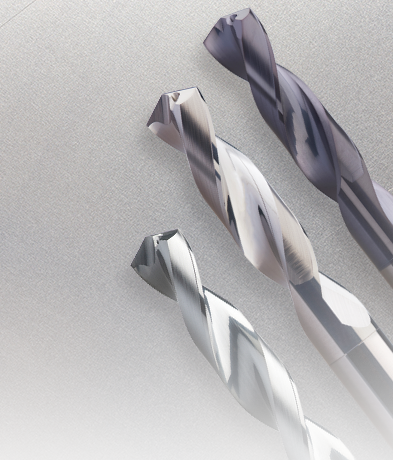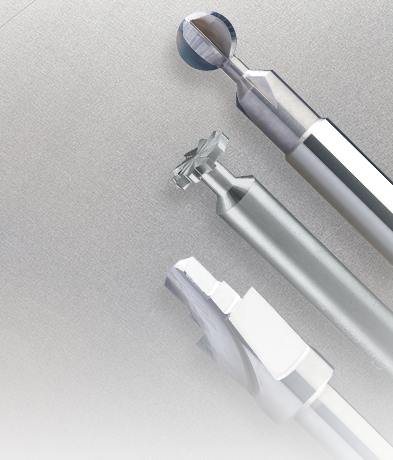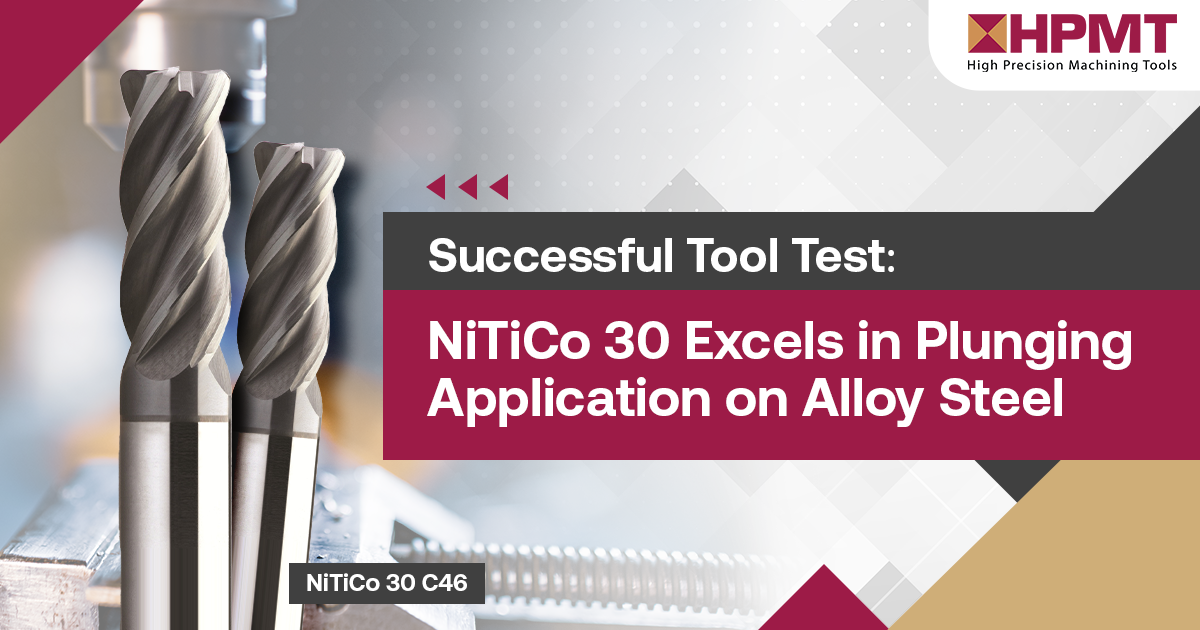Choosing the Right Drill Bit: A Comprehensive Guide
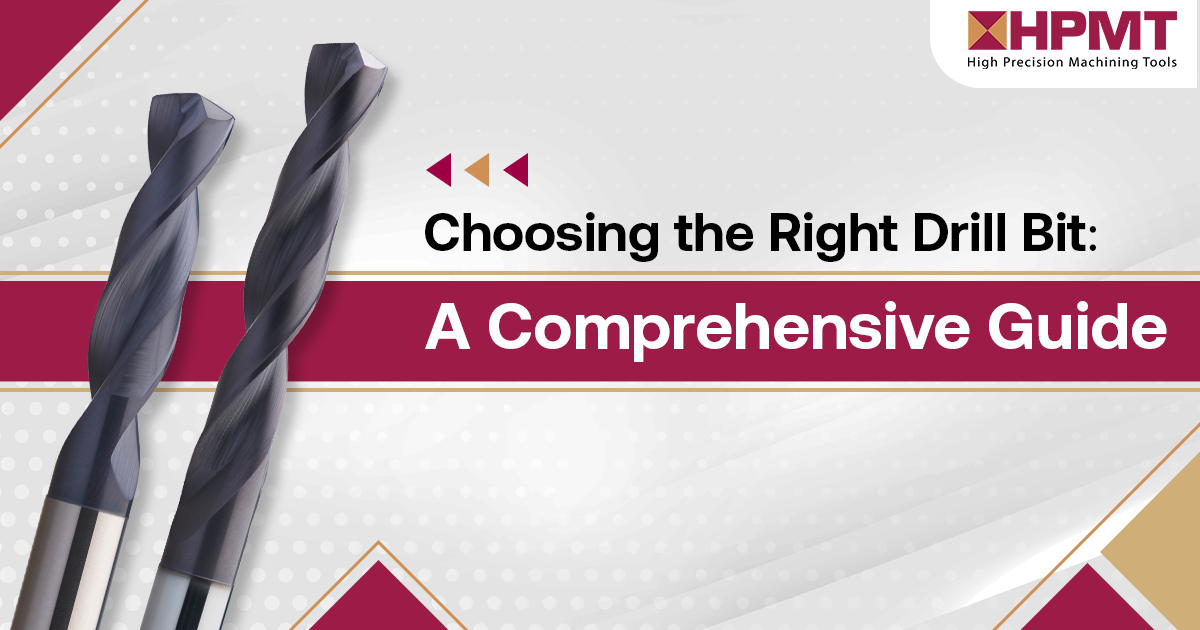
Drill bits are the unsung heroes of machining. They might be small, but their impact is immense. The choice of the right drill bit can make the difference between a successful machining operation and a frustrating one. In this comprehensive guide, we will delve into the world of drill bits, exploring the different types, materials, coatings, and the factors to consider when selecting the perfect one for your specific application.
The Anatomy of a Drill Bit
Before we dive into the specifics of choosing a drill bit, let's first understand the fundamental components that make up a typical drill bit:
The point is the tip of the drill bit that makes contact with the material. It's the primary cutting edge.
The lips are the two cutting edges on either side of the point. They create the initial hole and guide the drill bit through the material.
The flutes are the spiral or straight grooves on the body of the drill bit. They serve to remove chips and allow coolant or lubricant to flow.
The shank is the non-cutting end of the drill bit that fits into the chuck of the drilling machine.
Types of Drill Bits
Drill bits come in a wide variety of types, each designed for specific materials and applications. Here are some of the most common ones:
List of Services
-
1. Twist Drill BitsItem Link List Item 1
Twist drill bits are the most common type and are suitable for a wide range of materials, including metal, wood, and plastic. They have a helical flute, allowing for efficient chip removal.
-
2. Brad-Point BitsItem Link List Item 2
Brad-point bits are designed for woodworking. They have a sharp point for clean entry and flat wings for hole precision.
-
3. Masonry BitsItem Link List Item 3
Masonry bits, as the name suggests, are for drilling into masonry, concrete, or stone. They typically have a carbide tip for durability.
-
4. Forstner BitsItem Link
Forstner bits are used for drilling flat-bottomed holes in wood. They are ideal for creating precise, clean holes.
-
5. Spade BitsItem Link
Spade bits, also known as paddle bits, have a broad, flat head with a central point. They are suitable for drilling large holes in wood.
-
6. Step BitsItem Link
Step bits are designed for drilling in thin materials like sheet metal. They have a stepped profile, allowing you to drill holes of various diameters.
-
7. Hole Saw BitsItem Link
Hole saw bits are used for creating large-diameter holes. They are often employed in plumbing and electrical work.
-
8. Countersink BitsItem Link
Countersink bits are used to create a conical recess on the surface of materials. This allows screws to sit flush with the material's surface.
Material Matters
The material you're drilling into plays a significant role in selecting the right drill bit. Different materials require different drill bit materials. Here are some common materials:
List of Services
-
1. Cobalt SteelItem Link List Item 1
Cobalt drill bits are suitable for drilling tough materials such as stainless steel and cast iron. They can withstand high temperatures and maintain their cutting edge.
-
2. CarbideItem Link List Item 2
Carbide drill bits are made from carbide, an extremely hard and durable material. This makes them an ideal choice for drilling hard metals and materials.
-
4. Forstner BitsItem Link
Forstner bits are used for drilling flat-bottomed holes in wood. They are ideal for creating precise, clean holes.
The Role of Coatings
Coatings enhance the performance and longevity of a drill bit. While there are various types of coatings, let's focus on some common ones:
List of Services
-
Black Oxide:Item Link List Item 1
This coating provides lubricity and corrosion resistance. It's often used on high-speed steel (HSS) bits.
-
TiN (Titanium Nitride):Item Link List Item 2
TiN coatings offer excellent resistance to wear and high temperatures. They are suitable for drilling hard materials like metal and hardwood.
-
TiCN (Titanium Carbo-Nitride):Item Link
Forstner bits are used for drilling flat-bottomed holes in wood. They are ideal for creating precise, clean holes.
-
TiAlN (Titanium Aluminum Nitride):Item Link
TiAlN coatings are known for their superior heat resistance and extended tool life. They perform well in high-temperature environments.
-
Diamond Coating:Item Link
Diamond-coated bits are incredibly hard and excel in drilling abrasive materials like glass and ceramics.
Remember that the choice of coating should align with the material you're drilling and the specific challenges of your project. Properly coated drill bits reduce friction, dissipate heat, and extend the tool's life.
What is the right fit?
Drill bits come in a range of sizes and shank types. Selecting the right size and shank type is crucial for a successful drilling operation. Ensure that the drill bit matches your chuck's size and type, whether it's a standard round shank or a hex shank.
Achieving the optimal drilling speed and feed rate is essential for efficient drilling. These parameters depend on the material you're drilling into. High-speed drilling might require slower speeds and more coolant to prevent overheating and wear.
Lubrication is often overlooked, but it plays a crucial role in reducing heat and friction during drilling. Using the right lubricant can significantly extend the life of your drill bit.
Lastly, always prioritize safety. Wear appropriate safety gear, including eye protection, when operating machinery. Secure your workpiece to prevent movement during drilling, and be mindful of kickback and entanglement risks.
Choosing the right drill bit is crucial for achieving precise and efficient results in machining. Understanding the various types, materials, coatings, and geometries can help you make an informed decision based on your specific drilling requirements.
In your quest for precision, don't forget to consider the DR-LX drill series by HPMT. These long, oil-feed, Deep-Hole twist drills are engineered for flexible drilling, with an all-new geometry design and advanced tip coating technology. They are tailored to push the boundaries of cutting speed and adapt to diverse machining conditions, all while extending tool life.
Designed with durability and speed flexibility in mind, the DR-LX drill series is ideal for a range of industries, including automotive, energy, general engineering, and mould & die. With a selection of drill diameters and hole depths available, it's a versatile solution that can meet your precision drilling needs. Learn more about the DR-LX series here.
If you would like to learn more about the drilling operation process and how to achieve enhanced drilling accuracy, click
here.
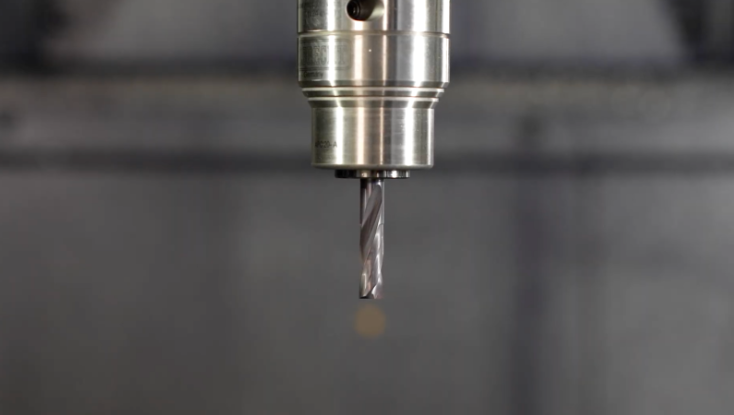
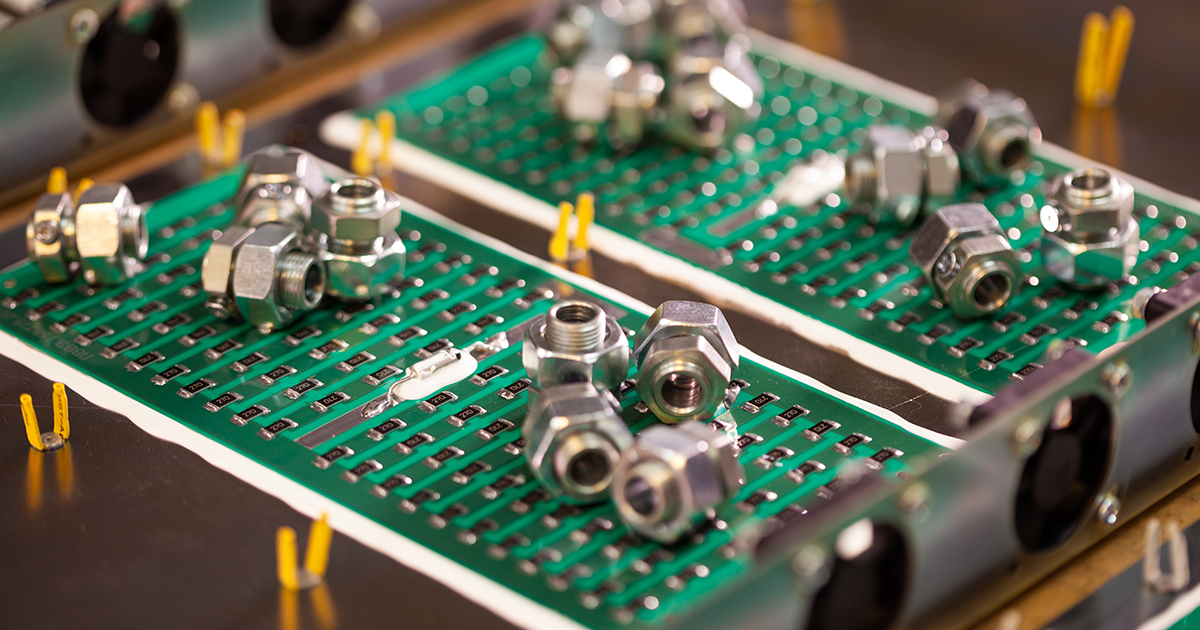
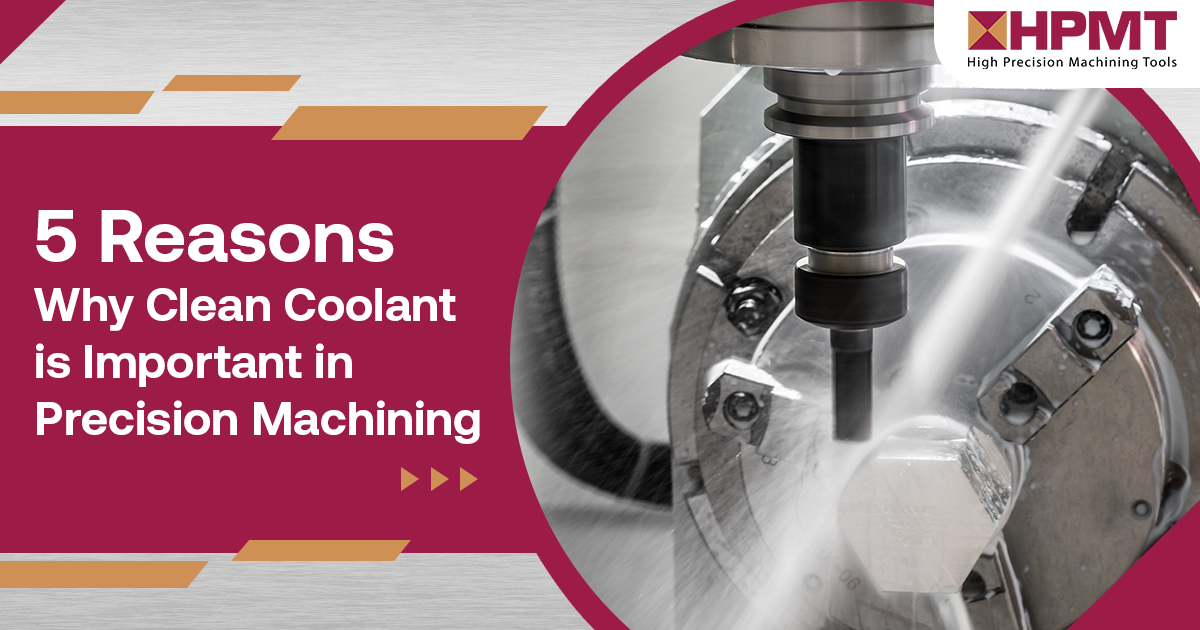
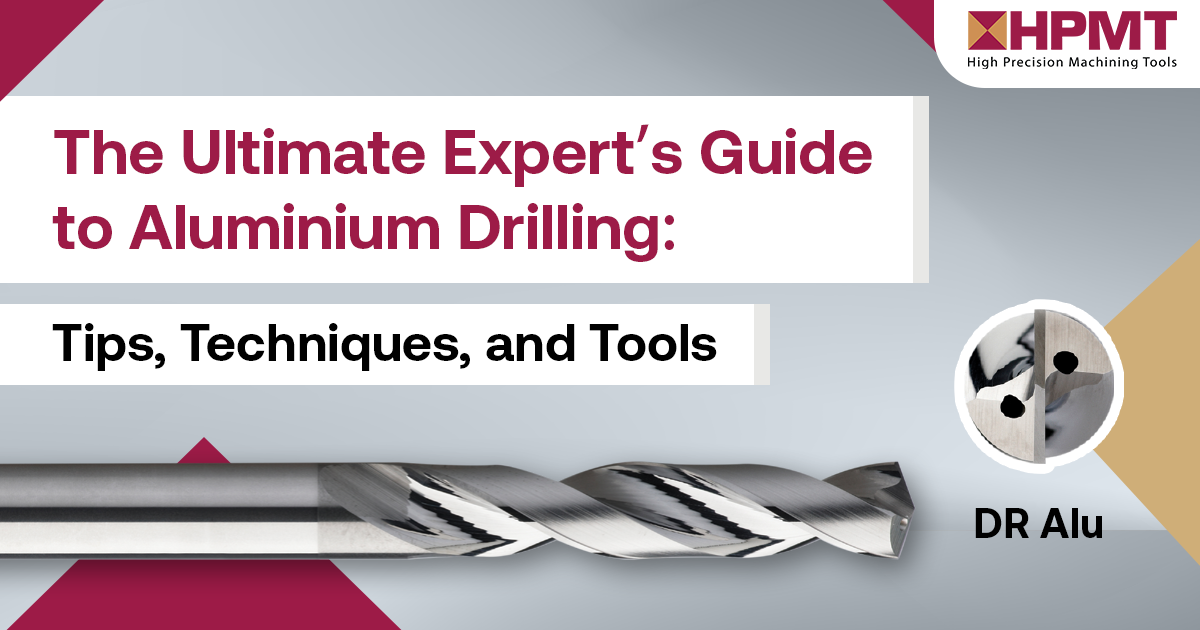
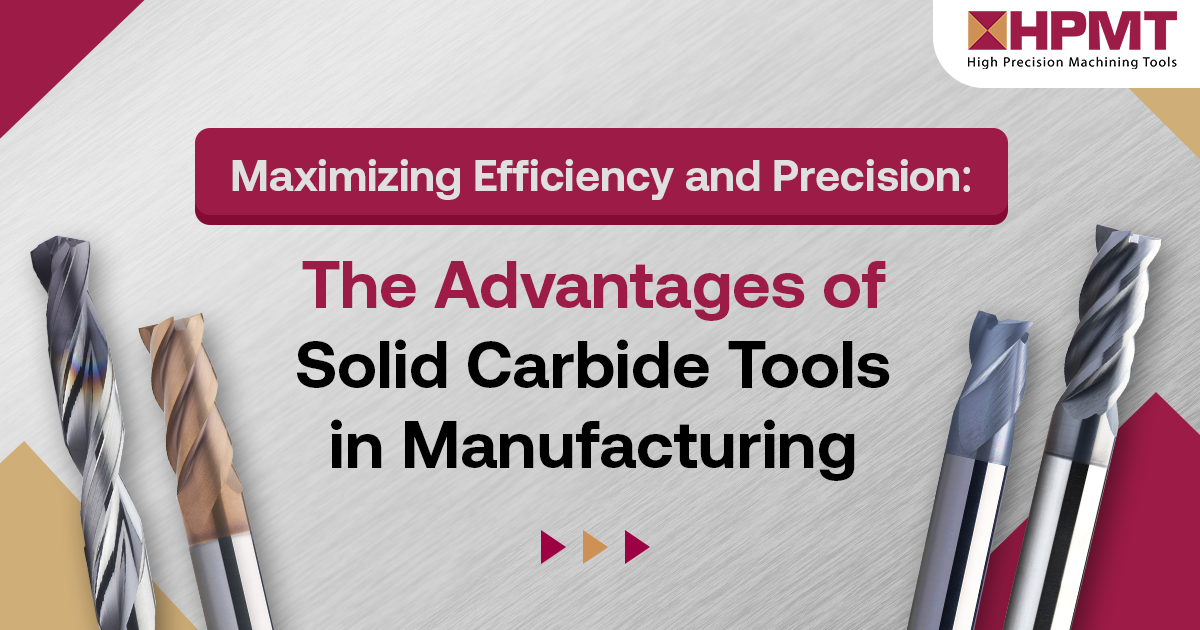

HPMT INDUSTRIES SDN BHD 199601032653 (405005-X)
5, Jalan Sungai Kayu Ara
32/39, Taman Berjaya,
Seksyen 32, 40460 Shah Alam,
Selangor Darul Ehsan, Malaysia
Tel: +603-58700098
Email: info@hpmt-industries.com
Our Products
Quick Link
All Rights Reserved | HPMT Industries Sdn. Bhd.
